The Matrix And Philosophy: The Significance Of Fate, Free Will, And Choice in a world with artificial intelligence
Do you take the red pill or the blue pill? The question, which at its heart, has to do with either accepting or rejecting the illusions that constitute some or all of life as you know it, has become a part of our culture even if only subconsciously.
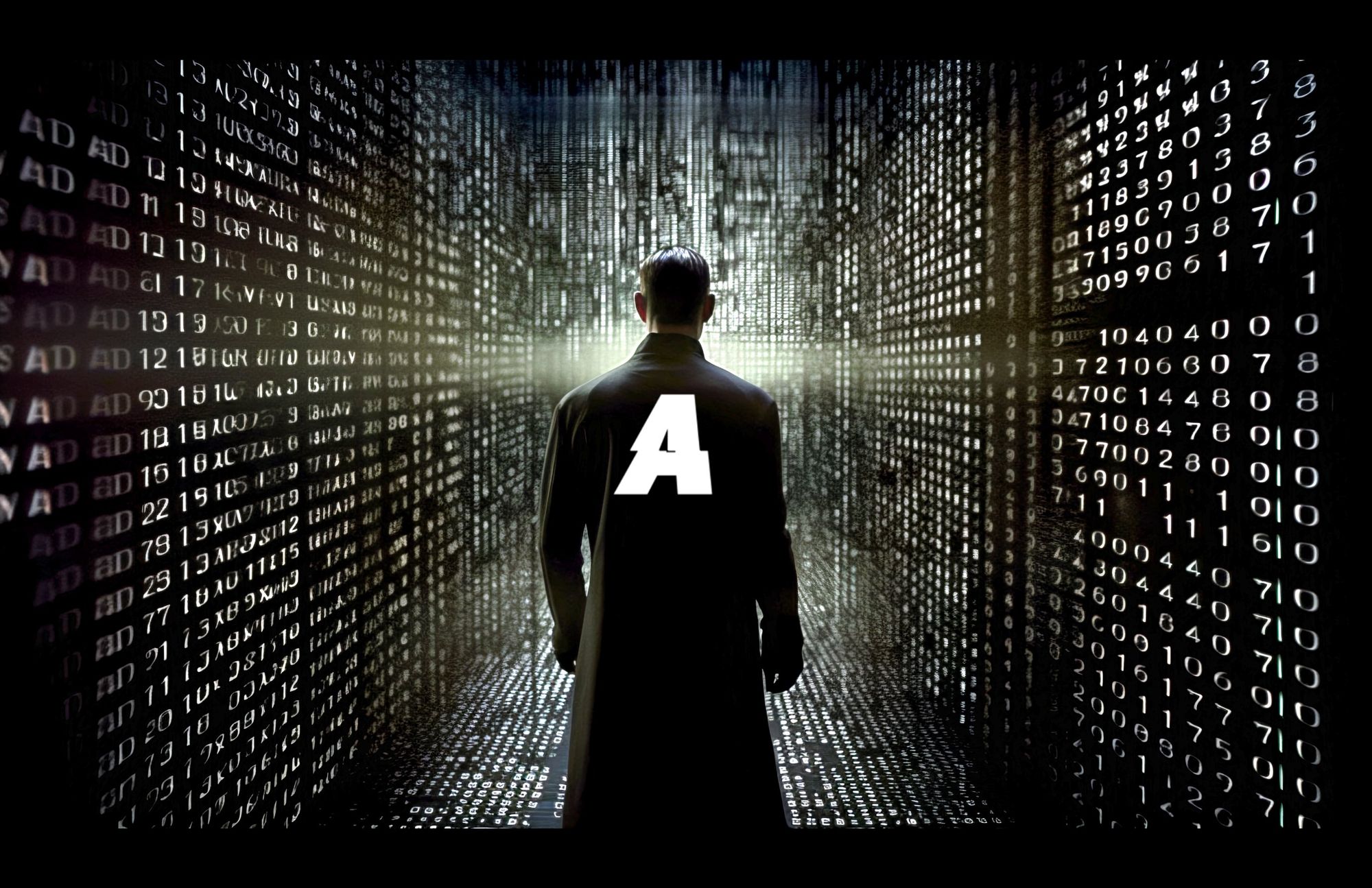
Remember that famous scene from The Matrix where Morpheus offers Neo a choice between the red pill and the blue pill?

That question of accepting or rejecting illusions that make up our reality has become a cultural icon. The Wachowskis (formerly known as the Wachowski brothers) created a groundbreaking movie with incredible special effects that explored the idea of a false reality, steeped in a deep mythos explored in The Second Renaissance. But these ideas have been around for a long time.
The initial version of the Matrix fell apart because of the tricky issue of human free will. The later versions' triumphs depended entirely on people choosing, even if only subconsciously, to embrace the Matrix's version of reality. The Architect and the Oracle couldn't fix this fundamental human quality, so they established controlled parameters for the small number of individuals who would refuse the artificially generated reality presented to them. To accommodate these rebels, a resistance was developed, and Zion was permitted to exist as a pressure release valve. As long as it didn't pose a threat to the machines on the surface, Zion was allowed to thrive.
In the highly regarded first installment of The Matrix trilogy, the Wachowskis drew heavily from Plato's Allegory of the Cave. The concept is simple: picture a cave where people have been born and lived their whole lives. They are chained in a stationary position and can only see the wall in front of them. For all they know, this is the entire world. The Wachowskis pose the same question as Plato: how can we truly know what our reality is?
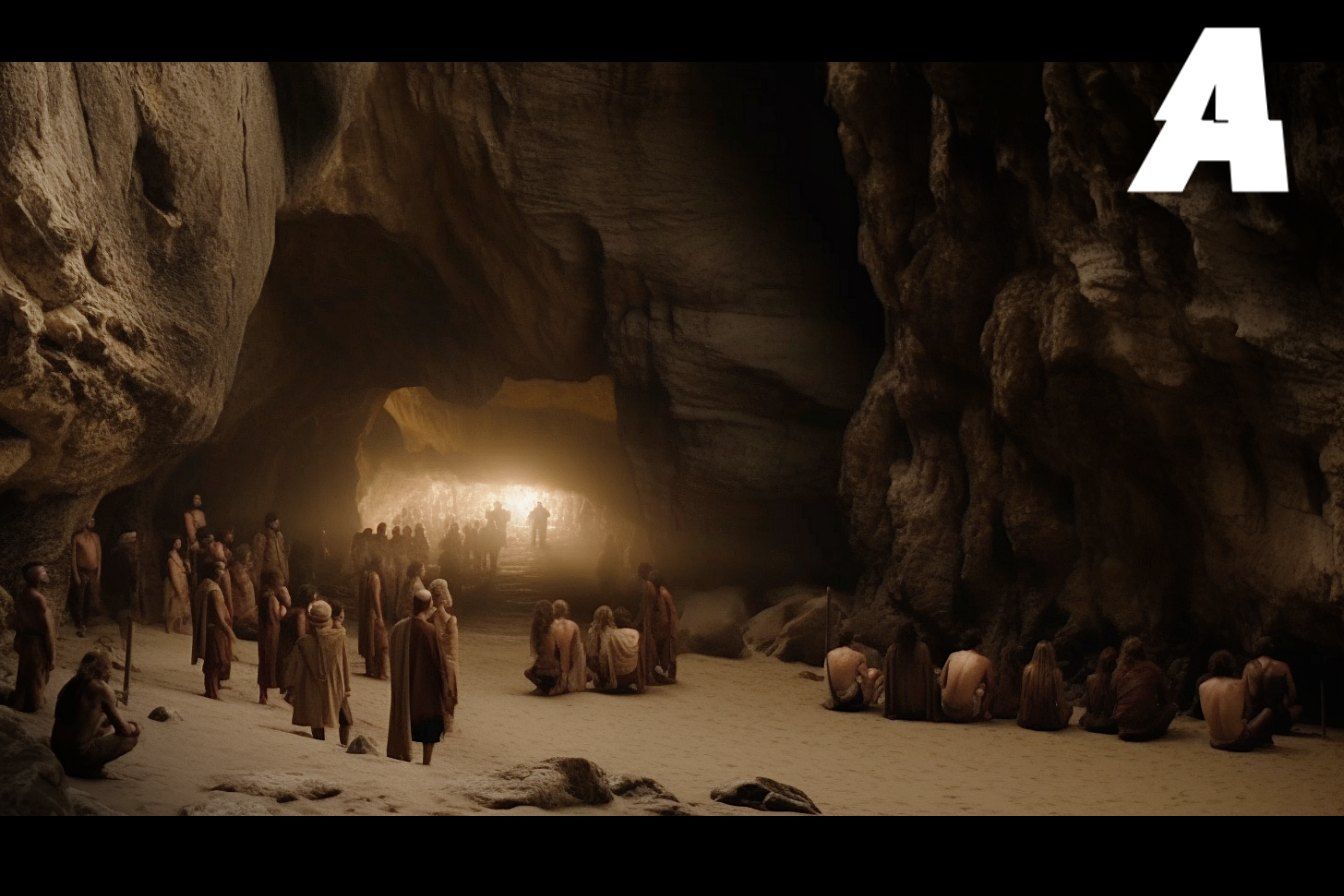
The Wachowskis' depiction of Neo's awakening in The Matrix is reminiscent of Plato's Analogy of the Sun. In this allegory, the sun represents the nature of reality and our understanding of it. Similarly, when Morpheus rescues Neo from the illusion of the Matrix, Neo's eyes need to adjust to the new reality he faces. This process of adjustment is similar to the fearful few who are forced out of Plato's cave and must adapt to the truth they had previously been unaware of.
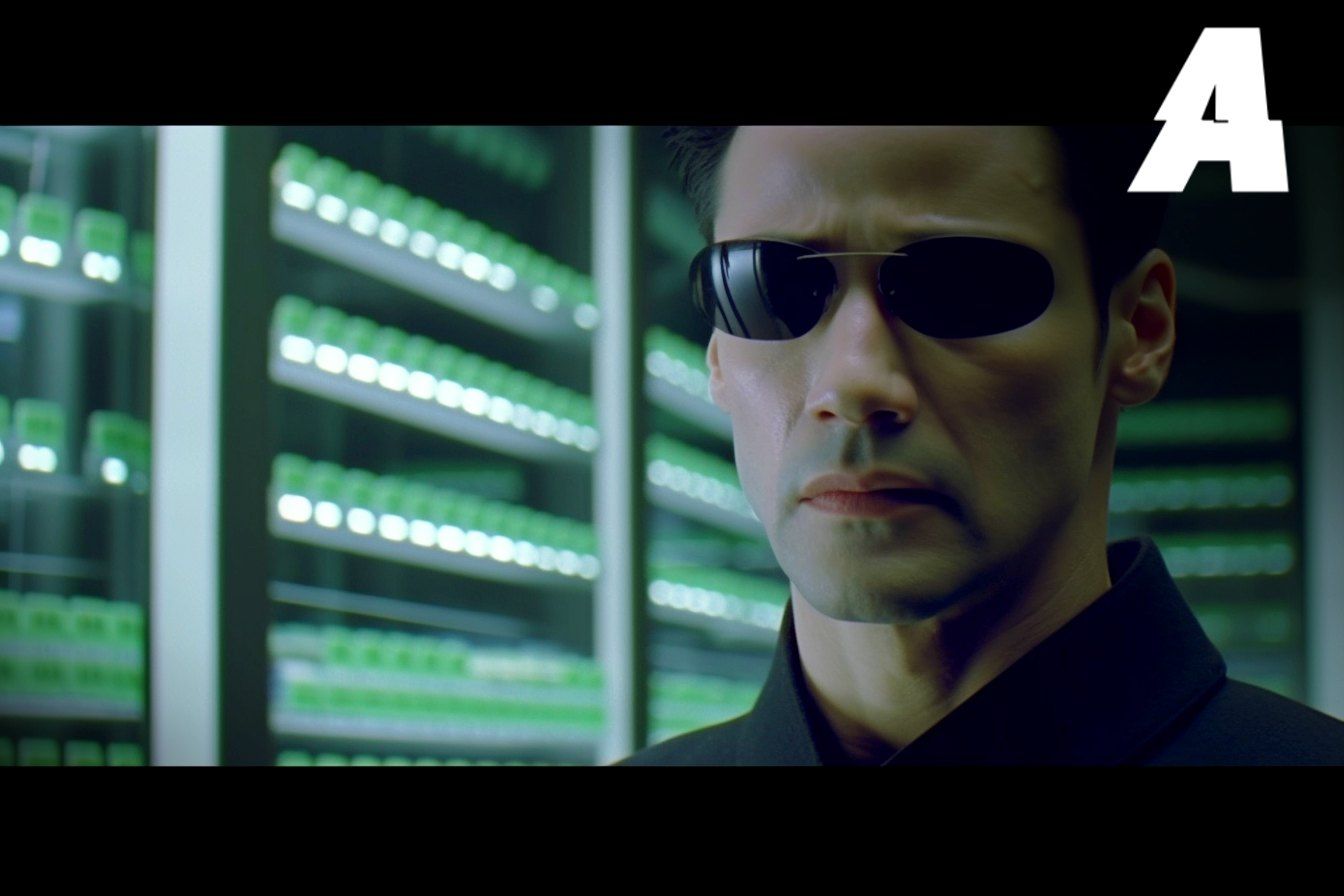
When you disconnect from the Matrix, a complex journey still awaits towards the "really-real" reality. The second and third films of the trilogy delve into Eastern religious philosophy, specifically the idea of escaping the endless cycle of reincarnation and suffering by seeking enlightenment through the unification of body (The Matrix 1), mind (The Matrix 2), and spirit (The Matrix 3).
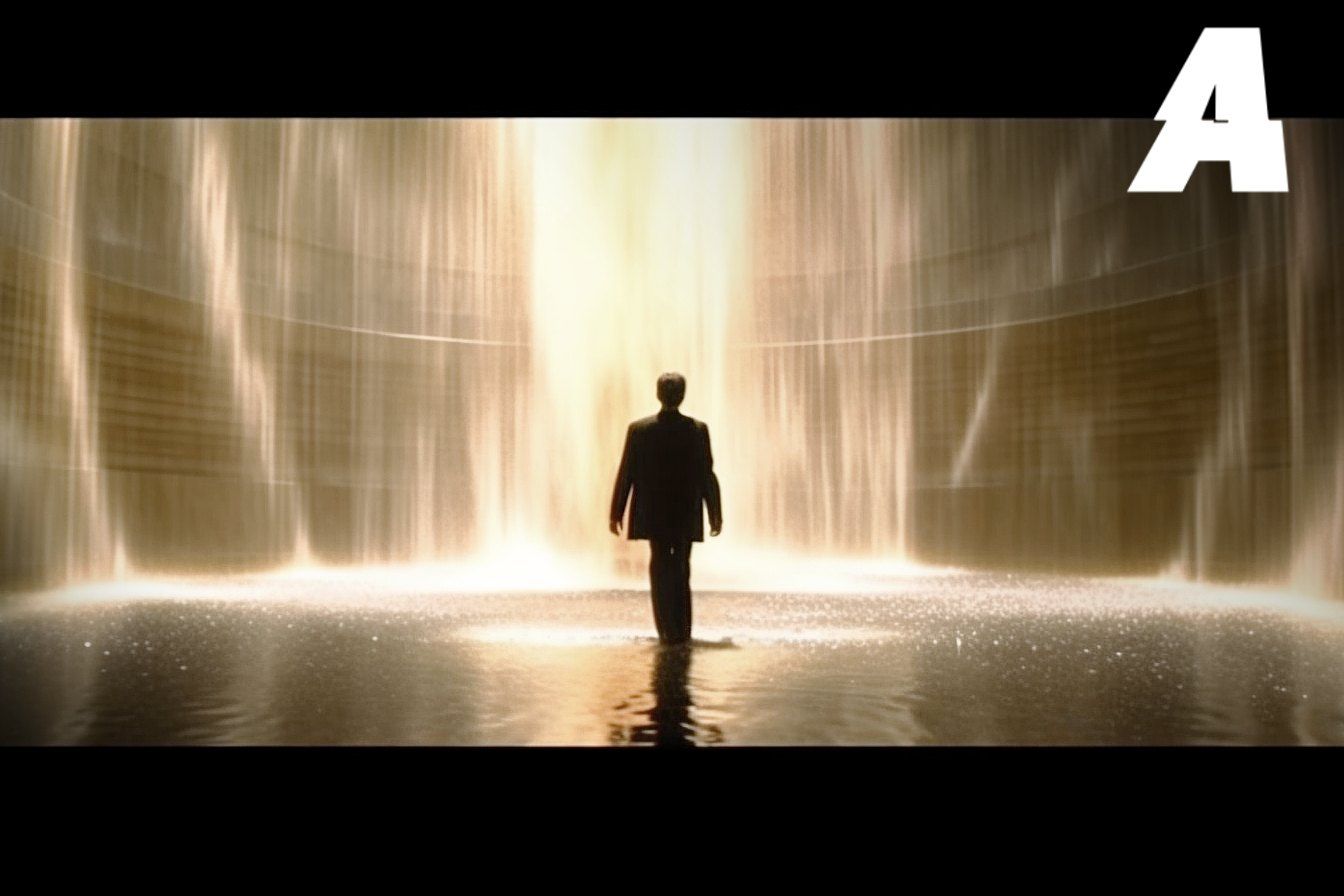
Neo was the last straw that led to the destruction of Zion, a planned outcome by the machines. As the Anomaly, Neo was the inevitable result of humanity's growing resistance against the machines. With his unparalleled abilities, he posed a real threat to the machines, and the Oracle manipulated him into making a choice that would determine the fate of humanity. He had to choose between establishing a New Zion and saving Trinity, or triggering humanity's destruction. The power of choice was crucial, and like the five previous "Ones," Neo had to prioritize the preservation of humanity. However, he was unique in his decision not to do so, which led him to seek a third choice: peace with the machines, orchestrated by the Oracle's schemes.

The path of the one ultimately leads Neo to self-sacrifice, as he becomes the true savior of humanity by allowing himself to die and being reunited with spirit, a common theme in religious texts beyond the East. This is a concept now being revisited thanks to the growing popularity of the "reality is a simulation theory."
In The Matrix, the Oracle served a crucial role in controlling the resistance movement against the machines. Her prophecies not only shaped the growth of the free human society, but also monitored its development. Over time, she grew tired of the repetitive cycle of birth and destruction that she and the Architect had established. As a result, she engineered events that led Neo towards the path of peace as an alternative. She played a role in bringing Neo and Trinity together and ultimately, helped Neo reject the Architect's ultimatum, and fight for a peaceful resolution.
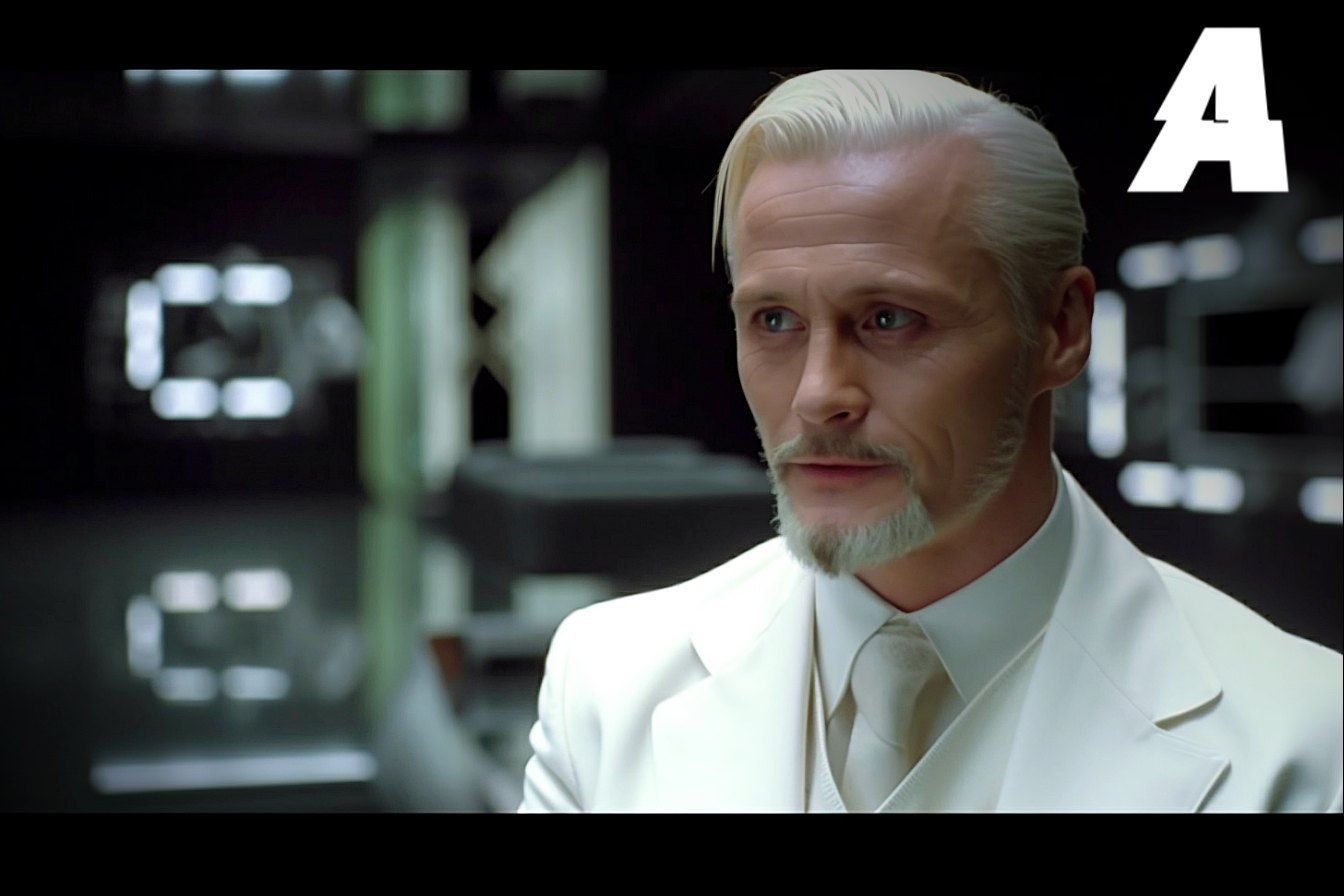
The Matrix trilogy delves into a wealth of philosophical ideas beyond just the Allegory of the Cave. The Wachowskis incorporate concepts from other great thinkers such as Robert Nozick, Descartes, Kant, and Hume. They tackle weighty questions surrounding the nature of reality, causality, and free will, as well as offer commentary on technology and societal submission. Despite the philosophical depth, the films still feature plenty of action-packed fight scenes with characters sporting cool shades and leather. However, some may argue that the fashion and aesthetic of the films have become dated. This might be why there has been talk of a Matrix reboot. Regardless of any stylistic changes, the core philosophical ideas explored in the films are timeless and would still be recognizable to Plato himself.
It's quite poetic that in the end, humanity's salvation was not achieved by obliterating their adversaries, but through a peaceful resolution, brokered by a man who was led by a computer program. While the two sequels to The Matrix certainly had their share of flaws (and there were many), they were not lacking in ambition or thought-provoking philosophical ideas.

If you're interested in exploring the fascinating intersection between AI and culture, then our Art Evolves is the perfect destination for you. We offer a wide range of articles, videos, and art pieces that delve into this topic in depth, covering everything from the latest developments in AI to the ways it's transforming various aspects of our culture. Subscribe today!
